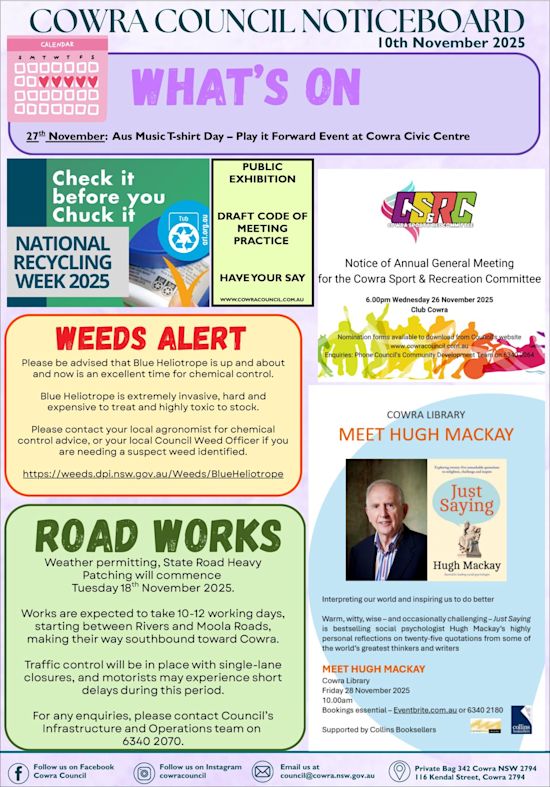This month’s theme is pedestrian safety and considering the rights of all road users, including those who are driving, riding and walking.
Let’s start by defining pedestrians.
Pedestrians include people who are walking or running, pushing a bicycle, in a wheelchair, using a mobility scooter or motorised wheelchair and using a skateboard, foot scooter or rollerblades. It is up to all road users to stay alert and watchful for their own safety and the safety of others.
Pedestrians are vulnerable road users because they have no protection if a vehicle collides with them. As a driver, it’s your responsibility to help keep them safe.
Drivers are responsible for most pedestrian deaths, but both drivers and pedestrians can be at fault. Factors like driver distraction, speeding, and intoxication are common causes.
As a driver, you must give way to pedestrians in shared zones, at pedestrian and children’s crossings, when turning at intersections, when
doing a U-turn and when entering or leaving a driveway. Always slow down and be prepared to stop if there’s any danger of colliding with a pedestrian, even if they do not have right of way or are jaywalking (crossing the road illegally).To stay safe, pedestrians should obey signals at crossings (penalty applies for failure to do so) and always cross at a pedestrian crossing if one is available.
Never assume a driver has seen you or intends to stop. You should wait until it is obvious by their reduced speed that they have seen you and are stopping. Never cross a road while using headphones or mobile phones – heads up and eyes looking both ways.
Pedestrians must use a footpath or nature strip if there’s one. If there’s not one, or it’s not practical to use, they can walk on the road as long as they walk in the direction of oncoming traffic, if practical and keep to the far side of the road.
Pedestrians must give way to vehicles when the ‘don’t walk’ signal is showing.
Pedestrians should not enter the road if the red ‘don’t walk’ signal is displayed.
When a pedestrian is not at a crossing they should walk straight across the road when it is safe, not jaywalk.
Children need assistance dealing with the traffic environment until at least the age of 10 as they are not equipped physically or developmentally to make the crucial decisions to keep them safe.
Although children may think they can handle crossing a road by themselves, remember that children are smaller and harder for drivers to see and are less predictable than other pedestrians. Also, children cannot accurately judge the speed and distance of moving vehicles and are unable to cope with sudden changes in traffic conditions.
Parents and caregivers have a key role in educating their children about road safety. Children learn about road safety largely by having a good example set for them and by experience. Parents and adult carers have opportunities in day-to-day routines to discuss road safety with children as they make their way around the local shops or going to school.
Stay Connected
Cowra News to your inbox
Sign up now for the latest news from the Cowra Area direct to your inbox.












